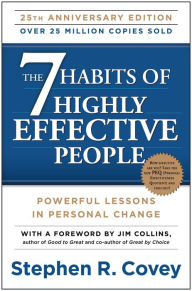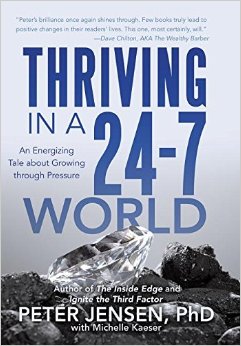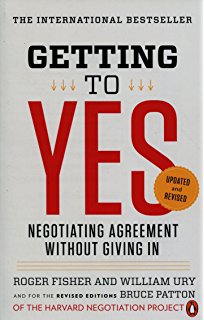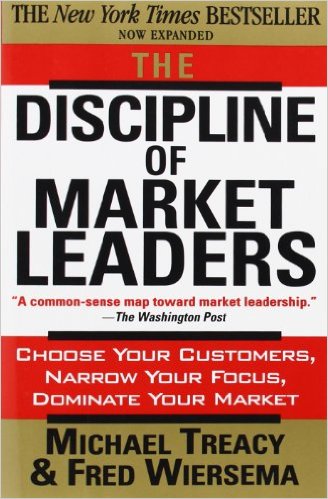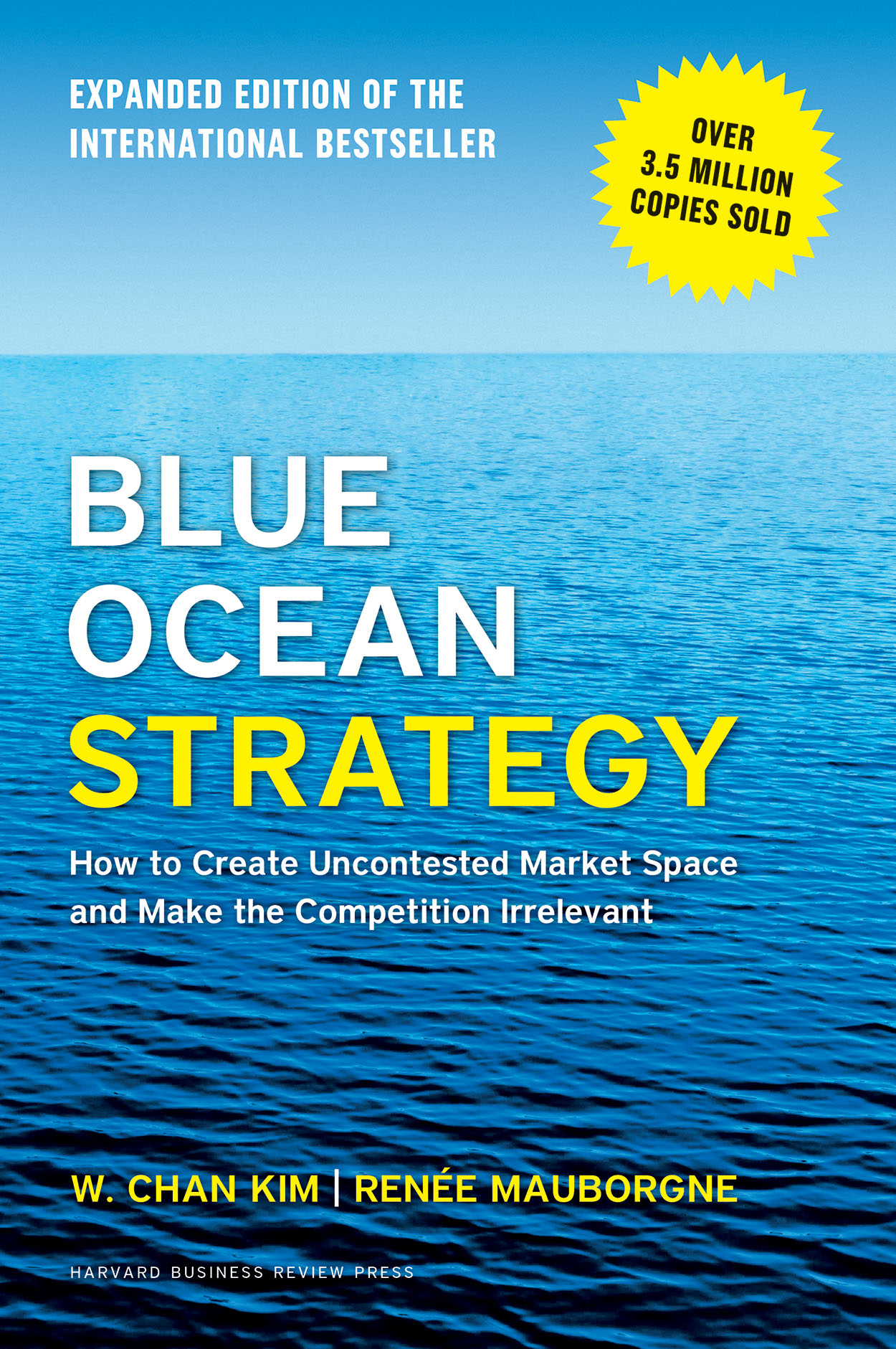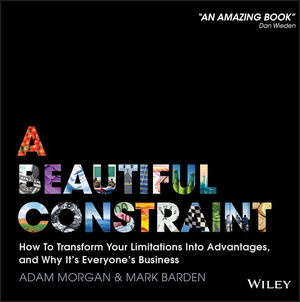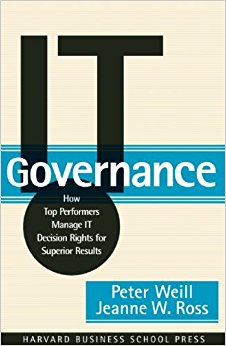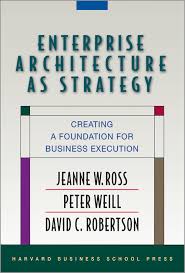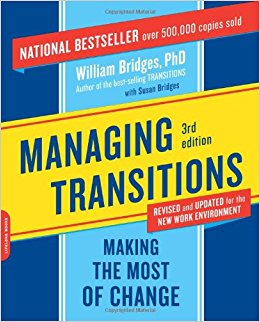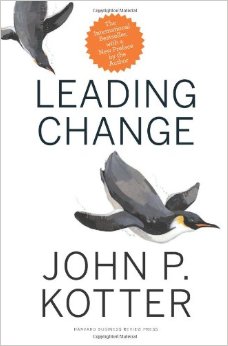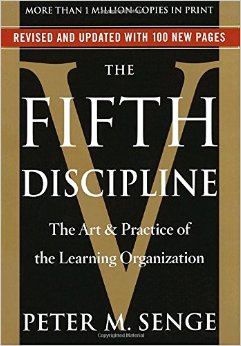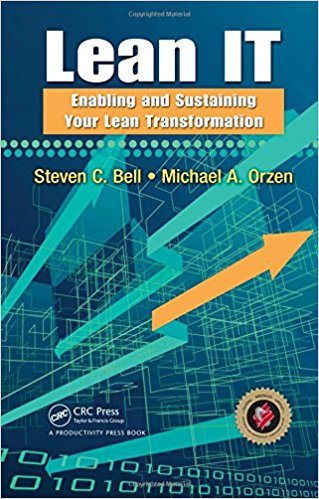Sharpening Your Saw: Essential Reading for BRM Development
BRM Institute members have access to the BRMIBoK, which is rich in content that supports our success in fulfilling “a BRM’s purpose.” However, it is also important for BRMs to augment their professional growth with the experience and perspectives of industry experts captured in various books and publications.
In a recent discussion in the BRM Institute Member Hangout, Stephen Plante explored the concept of Moments of Truth from publications by Richard Nomman and Don Smith. This discussion led me to the revisit many of the publications that have influenced my professional development, and realize the value in sharing these across the BRM community.
Below, I highlight several of the books that have most influenced me; all of which cover important topics related to business relationship management. Each of these books helps to build the foundational BRM Competencies to support the BRM Core Disciplines and to increase our effectiveness as navigators, orchestrators, and connectors.
Personal Development
The 7 Habits of Highly Effective People: Powerful Lessons in Personal Change
by Stephen Covey, 1989
Covey suggests seven habits found in highly successful people that form a strong foundation for both personal and professional success: be proactive, begin with the end in mind, put first things first, think win/win, seek first to understand…and then to be understood, synergize, and sharpen the saw. These are all valuable tips for success as a BRM.
Thriving in a 24/7 World: An Energizing Tale about Growing through Pressure
by Peter Jensen, 2015
A recently published quick read that focuses on the concept of energy management. We are all short on time, but in the chaotic, hyper-speed world we live in with all of its demands, it is important to be aware of and to manage our own energy.
Getting to Yes – Negotiating Agreement Without Giving In
by Roger Fisher, William L. Ury, Bruce Patton, 2011
Based on the work of the Harvard Negotiation Project, which deals with all levels of negotiation and conflict resolution, this book provides a proven, step-by-step approach for reaching mutual agreements.
Strategic Thinking
The Discipline of Market Leaders: Choose Your Customers, Narrow Your Focus, Dominate Your Market
by Michael Treacy, Fred Wiersema, 1997
The book proposes three primary operating models and describes the need for companies to focus on one of the three to be successful. This is important context for any BRM as they work with business partners in their organization.
Blue Ocean Strategy: How to Create Uncontested Market Space and Make the Competition Irrelevant
by W. Chan Kim, Renée Mauborgne, 2005
The authors introduce and describe the concept of a blue ocean strategy to help organizations create entirely new markets, rather than battling competitors in increasingly crowded territory (a red ocean strategy).
A Beautiful Constraint: How To Transform Your Limitations Into Advantages, and Why It’s Everyone’s Business
by Adam Morgan, Mark Barden, 2015
This book introduces some powerful concepts and techniques to help the strategic BRM work with their business partners to find transformational opportunities. I recently reviewed this book in the BRM Institute Online Campus and recommend it as an important read for all BRMs.
Governance
IT Governance: How Top Performers Manage IT Decision Rights for Superior Results
by Peter Weill, Jeanne Ross, 2004
Based on MIT research, this is one of the first and most important books covering the concept of IT Governance. It provides case studies and models for ensuring that organizations effectively align IT Governance with Enterprise Governance to ensure that IT capabilities are leveraged for business value. While this book focuses explicitly on IT Governance, most of the concepts are applicable for BRMs regardless of their department or industry.
Enterprise Architecture As Strategy: Creating a Foundation for Business Execution
by Jeanne W. Ross, Peter Weill, 2006
Like the book above, this book is strongly based on research (again at MIT and cited in the book) that indicates that most successful companies digitize their core processes and later embed those processes into a foundation for execution, allowing them to become both more efficient and agile than their competition.
Organizational Change Management
Managing Transitions: Making the Most of Change
by William Bridges, Susan Bridges, 2009
This book provided early guidance to help BRMs and other professionals understand the impact of change on people. It provided some of the original content that is now being leveraged by frameworks like PROSCI-ADKAR and is a great read for BRMs looking to guide their business partners through organizational change.
Leading Change
by John P. Kotter, 2012
Another foundational framework that is at a higher level than the book above: with a focus on actively leading change through an eight-step process, BRMs can apply this guidance to dissect why so many change initiatives have failed to deliver sustained value and help ensure higher degrees of success in their own initiatives.
The Fifth Discipline: The Art & Practice of The Learning Organization
by Peter M. Senge, 2006
This book identifies five disciplines to create a learning organization: shared vision, mental models, team learning, personal mastery, and systems thinking. It then focuses on this 5th discipline as the key to successful change management in organizations. BRMs can benefit from systems thinking to ensure that things are looked at from a holistic perspective rather than as a collection of independent pieces.
Other
Lean IT: Enabling and Sustaining Your Lean Transformation
by Steven C. Bell, Michael A. Orzen, 2010
This book is more specific to IT than the others, but it defines a pragmatic approach to transforming your IT organization so that it is more focused on, and effective at, supporting business. While this is not a primary BRM responsibility, BRMs will be hard-pressed to transcend to higher maturity levels while being constrained by an ineffective IT organization, and this book can help BRMs become a positive contributor to that change.
This is by no means a definitive list, and many of you probably have your own list of books that have shaped your career and personal growth. There is limitless experience and wisdom that can make each of us more successful—both within our roles as BRMs and within our broader life pursuits.
I encourage all feedback to this list and for each of you to share the books that have influenced your professional and personal growth.
Bob Swan has over 30 years of business and IT experience across a broad spectrum of organizations and industries. Residing in Calgary, Alberta, his career spans from the introduction of personal computers into the business environment in the mid 1980s to the complexity that is the IT environment today. He holds CGEIT certification in Governance through ISACA, ITIL Expert, and BRMP, as well as degrees in Business and Economics. You can contact him at [email protected].
